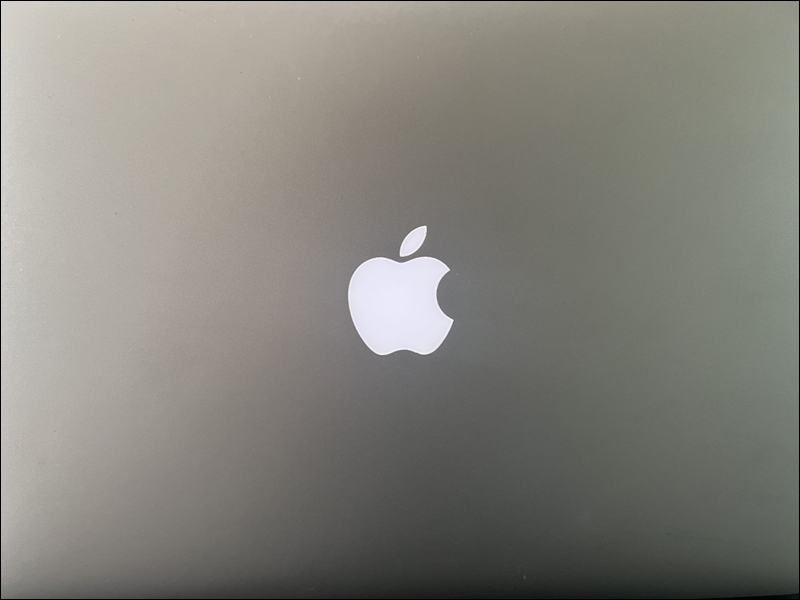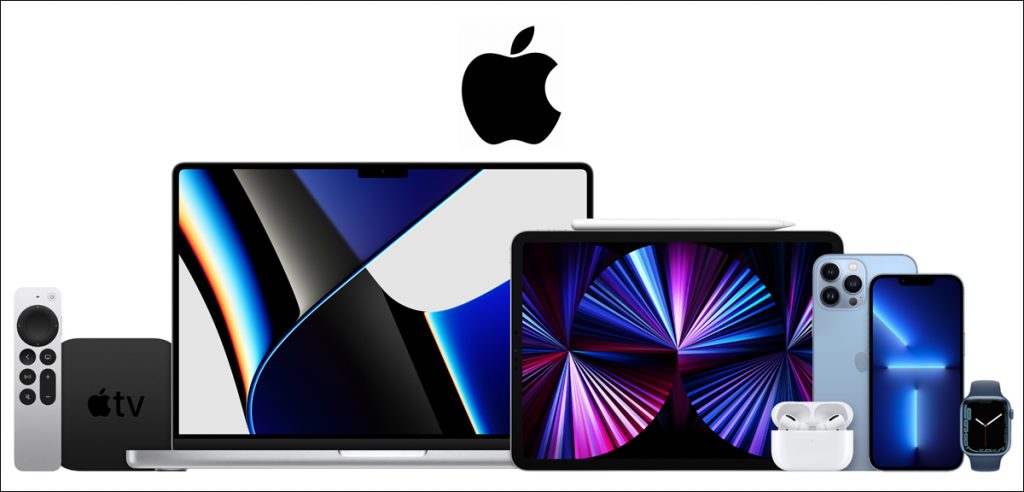Anupika Khare gives you the lowdown on securing your Apple digital devices
On August 17, this year, Apple released an ominous statement declaring the following – To prevent attackers from taking complete control of Apple devices, iPhone, iPad, and Mac users are advised to update their devices immediately.

The tech giant, earlier this week, said that it was aware of reports that this issue may have been actively exploited and encouraged users to update their devices.
“Apple recommends that you keep your software up-to-date to maintain your product’s security,” read the company’s security page.
Once more unto the breach, dear friends
One of the vulnerabilities in the software relates to the kernel, the deepest layer in an operating system that is shared by all devices, according to Apple. The other susceptibility affects WebKit, which is the underlying technology behind the Safari web browser.
Apple’s explanation of the vulnerability means a hacker could get “full admin access” to the device. That would allow intruders to impersonate the device’s owner and subsequently run any software in their name, said Rachel Tobac, CEO of SocialProof Security, on Twitter.
The security breach can “effectively give attackers full access to devices” and “execute any code as if they are you, the user,” added Tobac.
As to who should be concerned, Tobac advised that “people in the public eye,” such as journalists and activists, should update their devices as soon as possible.
“For most folks: update the software by the end of the day,” she tweeted. “If threat model is elevated (journalist, activists, targeted by nation states, etc.): update now.”
Security experts have advised users to update affected devices – the iPhone6S and later models; several models of the iPads and Macs, and the flaw also affects some iPod models.

Specific devices that have been affected by this security flaw are:
- The iPhone 6S and later models.
- Several iPad models (including the 5th generation and later, as well as all iPad Pro models and the iPad Air 2).
- Mac computers running MacOS Monterey.
- iPods
It is well known for Apple to keep such issues to a minimum unless necessary, and their security page says: “For our customers’ protection, Apple does not disclose, discuss, or confirm security issues until an investigation has taken place and patches or releases have been released.”
In this instance, Apple did not reveal how, where or by whom the security vulnerabilities were discovered in the reports, simply citing an anonymous researcher.
How to update the software?
To update the software on your iPhone, iPad, or iPod touch, go to Settings. From there, tap General and then tap Software Update before hitting” download and install.”
To update the software on your Mac computer, go to System Preferences, then to Software Update and you will see either an Update Now or Upgrade Now button.
If you cannot find Software Update in your System Preferences, try going into the App Store and clicking on the Updates tab.
Whenever the latest updates or patches are released, constantly update your devices, and only download from the App Store. Taking care of these tiny things will keep your iOS device safe, secure, and optimized for future use.
The iOS operating system on Apple’s phones is one of the most secure software! There are so many software development divisions & safeguards in place for its devices; no wonder it is safe.
In case you missed:
- None Found









